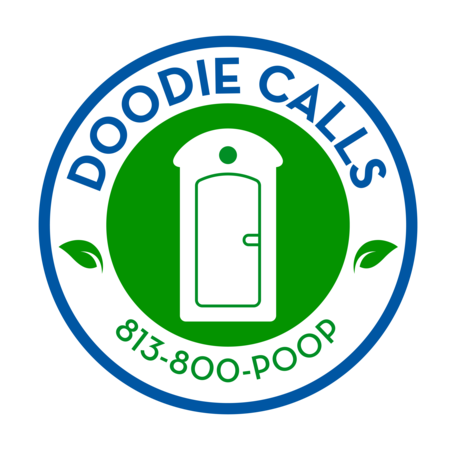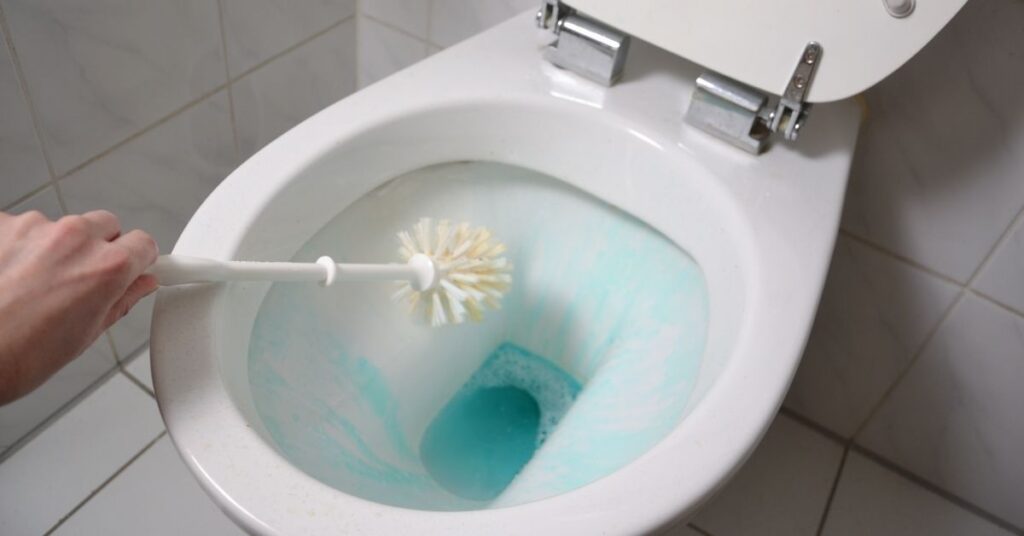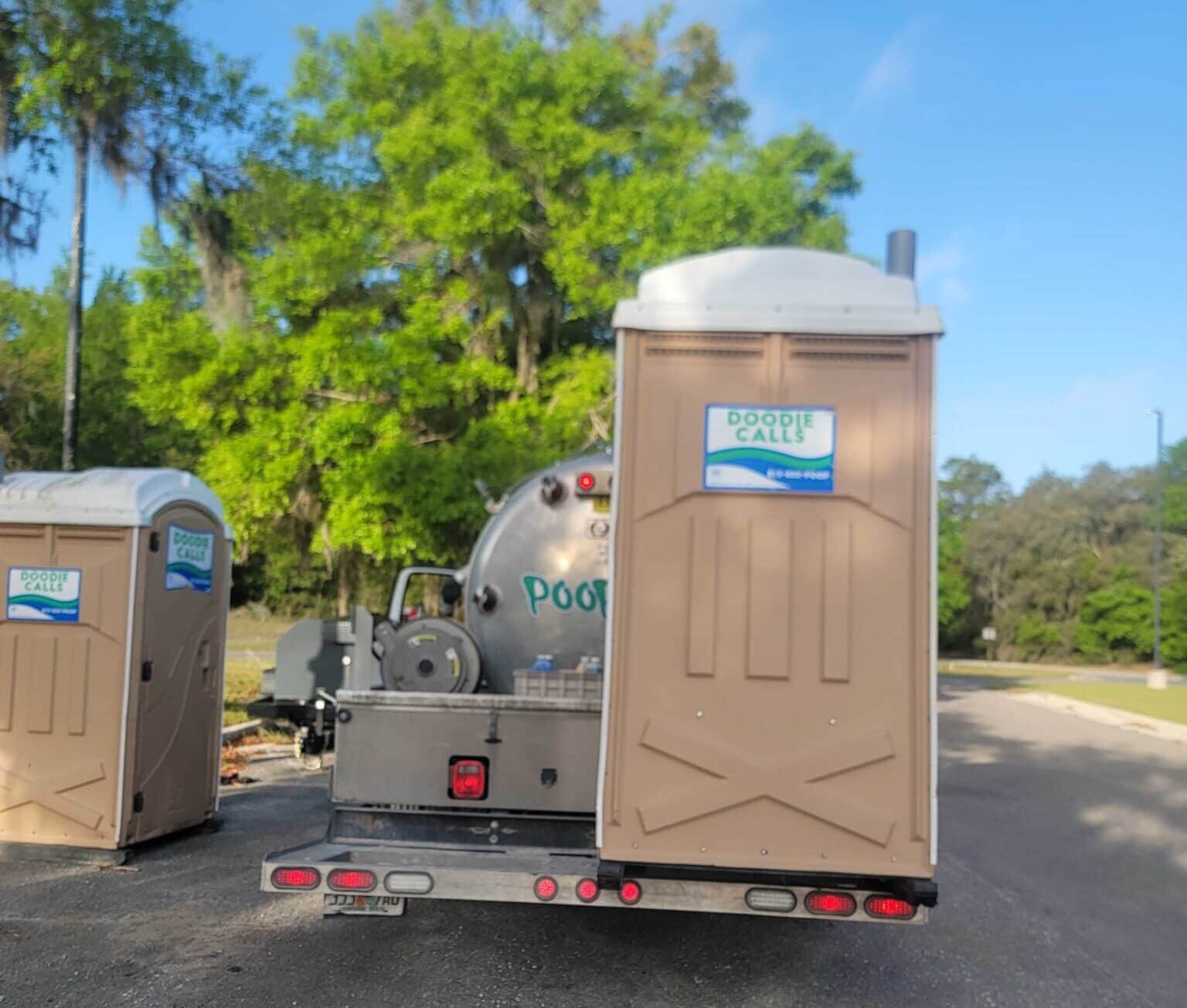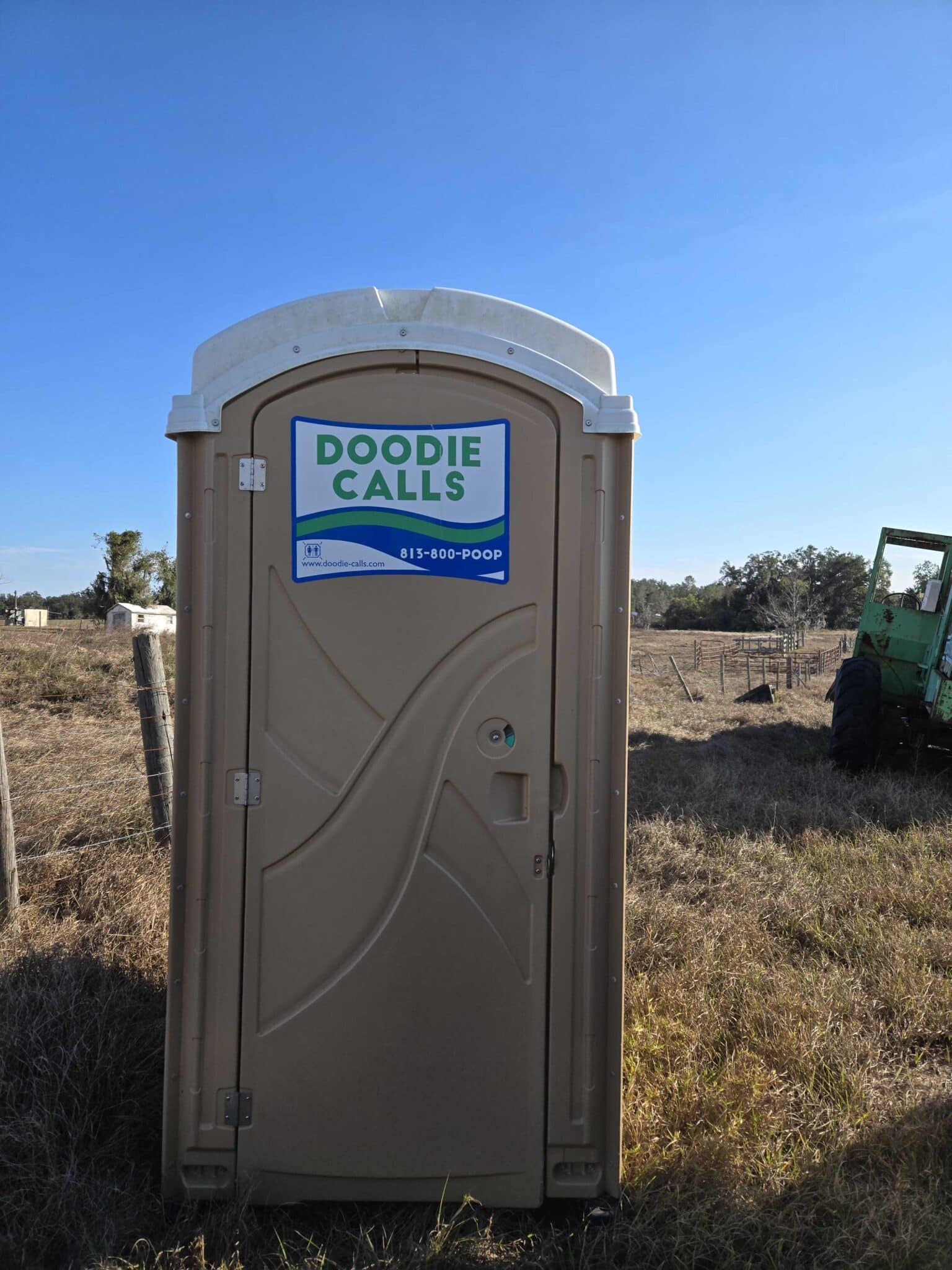Let’s face it: everyone who has ever used a portable toilet at a public event has wondered “What is the blue stuff in porta-potties”. Is it poisonous? Does it stain? Worry no more, since the Doodie Calls team is ready to reveal industry secrets to set your mind at ease! Here’s all you need to know about the blue chemical we use in our portable potty rentals, as well as why you should be grateful we do!
What Does The Blue Chemical Do?
Despite the mystery that lurks beyond the blue chemical barrier, its job is actually rather simple. This blue chemical traps harsh smells in the air, while keeping the facility smelling fresh for a longer amount of time.
The usual breakdown of the compounds in the blue liquid takes 4 to 7 days. That’s 4 to 7 days of fresher-smelling portable restrooms until the unavoidable weekly cleaning.
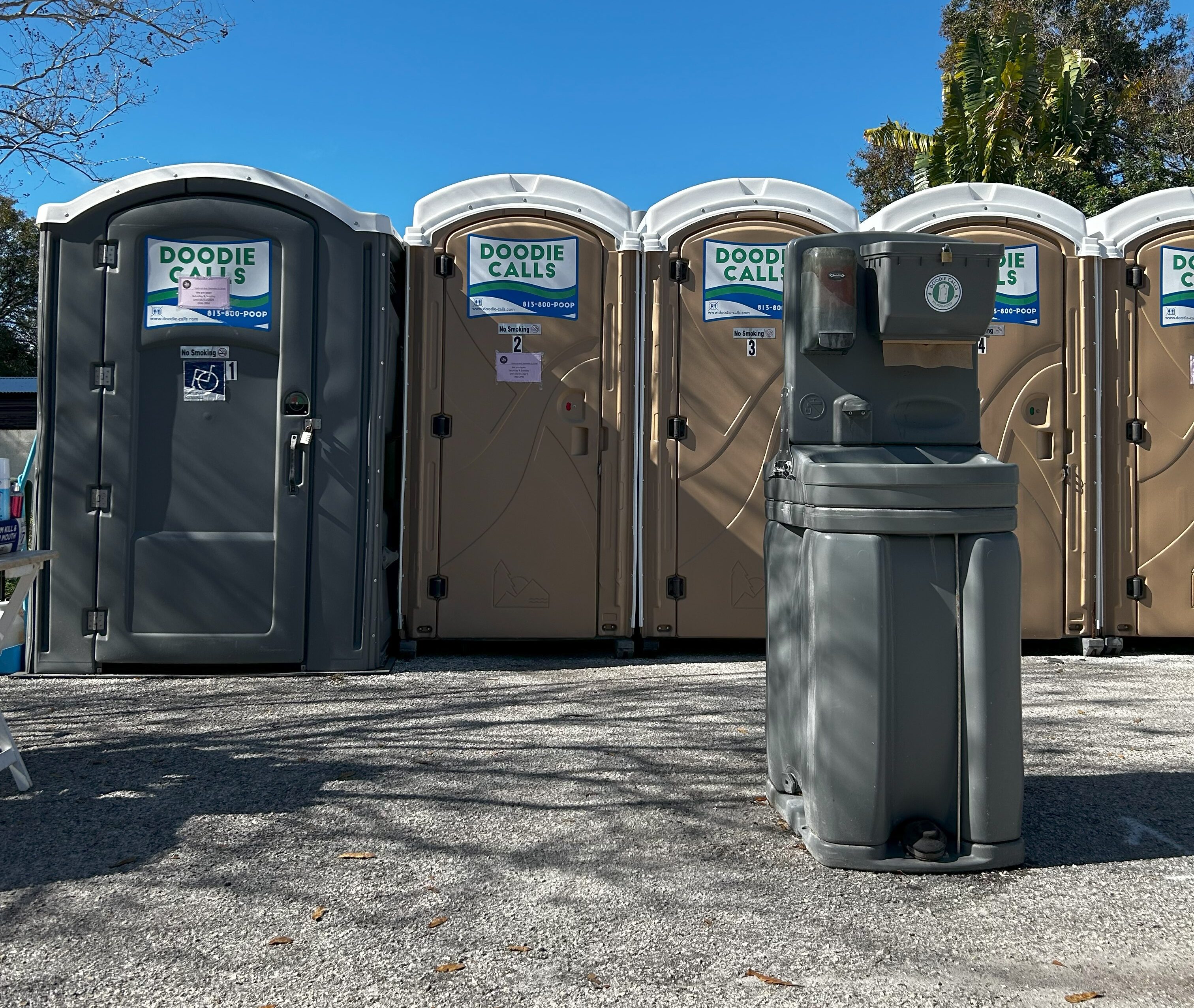
How Does It Get In?
You’re probably wondering how they get all that blue liquid into the porta-potty. Sanitation workers connect a vacuum to the holding tank or output drain. The vacuum gathers garbage and delivers it to a tanker truck equipped with a waste disposal unit and a smaller freshwater tank.
After the trash is removed, the holding tank is refilled with new water and the blue liquid solution. The sanitation personnel will next spray and wipe down all surfaces with a disinfectant, as well as clean up any residual dirt on seats or other exteriors.
History Behind Blue Substance
Keep in mind that, while current deodorizers aren’t deemed hazardous on their own, the history of this product isn’t exactly clean. During World War II, portable bathrooms became the standard on service ships.
The objective from the start was to have the restroom smell as clean as possible. Yet, formaldehyde was the predominant chemical in repellent at the time. While this type of repellent was effective at masking the stink of waste, it was eventually hazardous to both people and the planet.
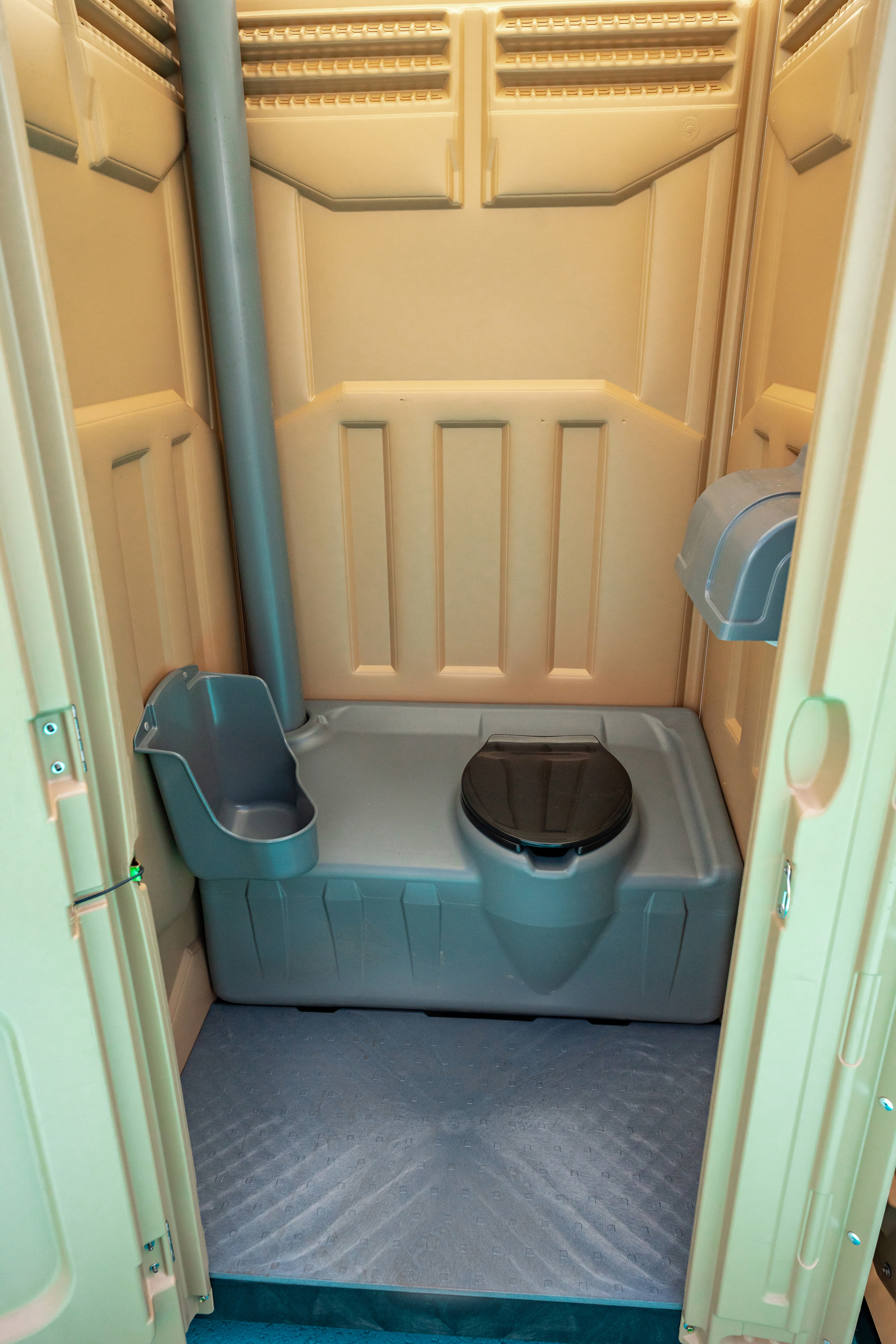
Present Day Ingredients
Today, deodorizers do not include formaldehyde and instead contain four important chemicals that are not hazardous in diluted form.
- Dye: This is the element that gives the blue liquid its color! But why that particular color? The dye shade used in the blue deodorizer is designed to conceal as much of the portable restroom’s contents as possible.
- Biocides: Biocides are the active ingredients that assist to eliminate the stink of waste from a well-maintained portable bathroom. Biocides inhibit the growth of odor-producing bacteria, allowing for prolonged durations of freshness. They also hinder the growth of some odor-causing microorganisms.
- Surfactants: Surfactants are a type of substance that work hand in hand with the aroma in the chemical. Surfactants are a key ingredient in cleaning detergents. The term surfactant refers to a surface-active agent. They stimulate activity on the surface being cleaned in order to capture waste and extract it from the surface.
- Fragrance: The fragrance is the component of the liquid that, in the end, hides any leftover aromas that may remain after the other components have done their work. This substance induces specific perfumes to dissolve in water, allowing the scent to become more uniform.
Are The Stains Permanent
Thankfully, if the deodorizer gets on a person’s skin or clothing, it will not cause severe damage. It can easily be removed and cleaned off clothing and skin. Even though dye is marketed as non-staining, if a spill is not cleaned up soon, it will leave lasting stains on hard surfaces.
Keep It Clean with Doodie Calls
Doodie Calls is ready to supply our services if you want your portable bathrooms to stay fresh, clean, and eco-friendly before your next event.
We prioritize cleanliness and customer satisfaction and will guarantee that your guests’ portable restroom experience does not tarnish your event. Make a reservation for your next portable potty rental with us now.

